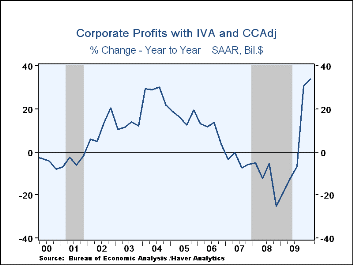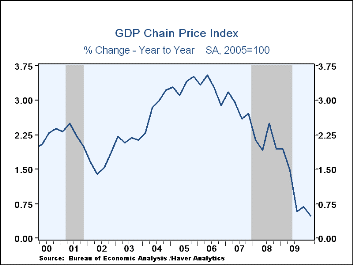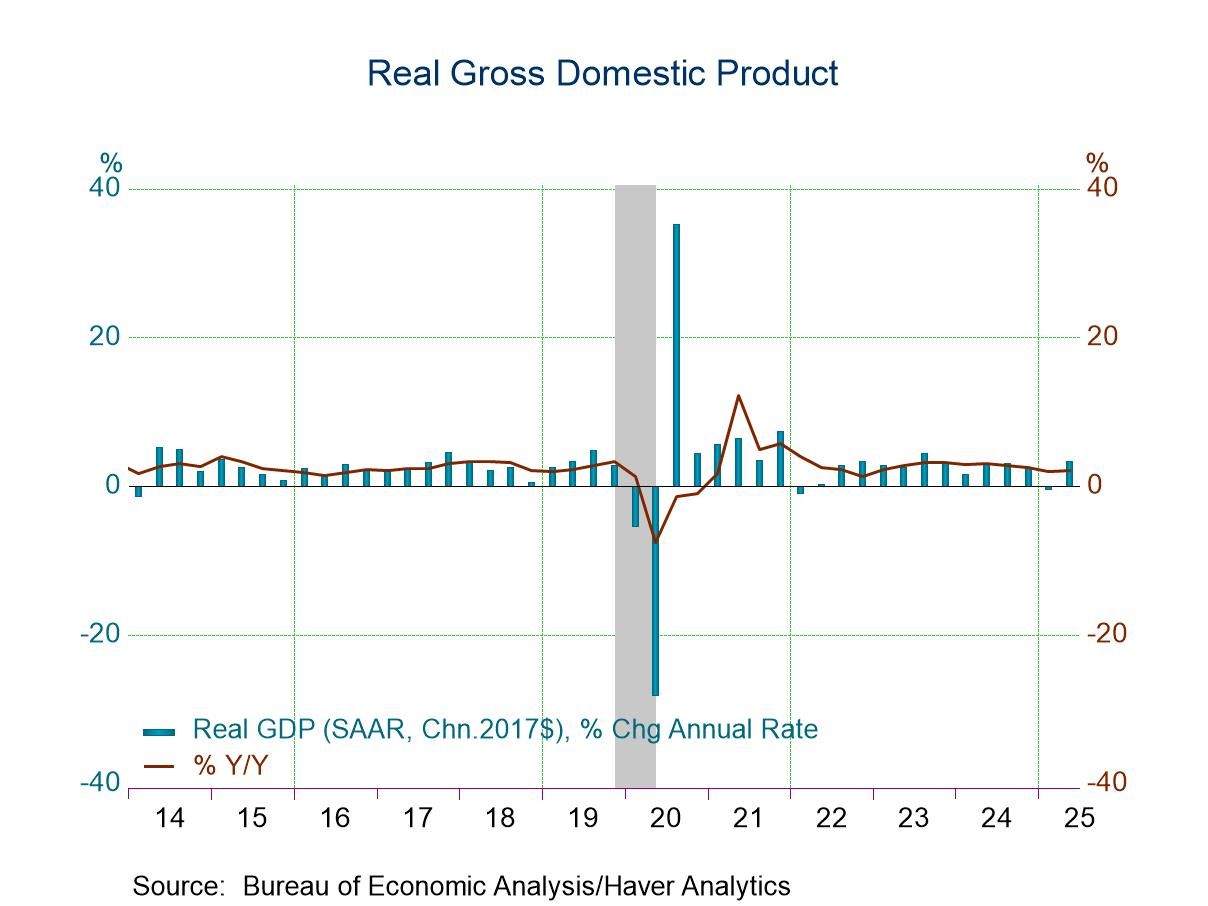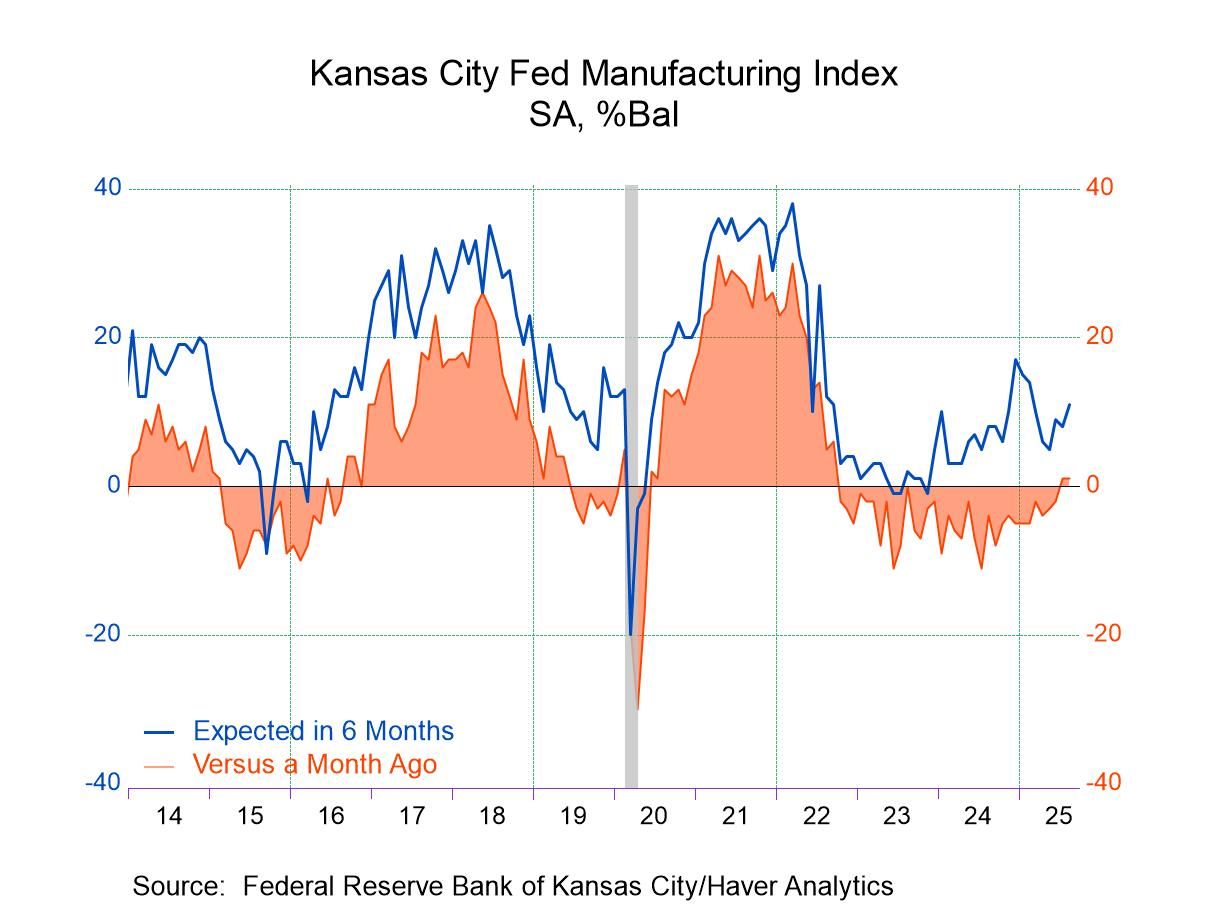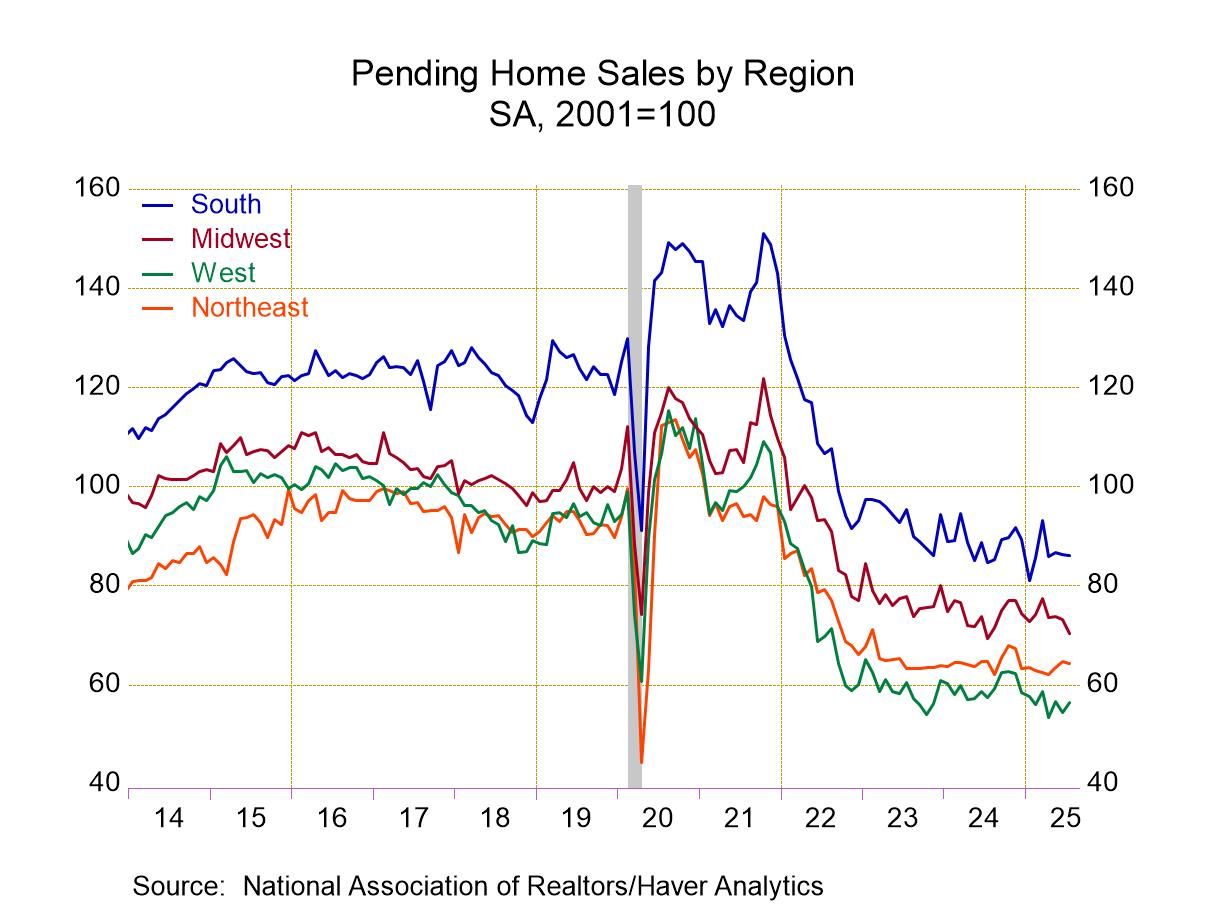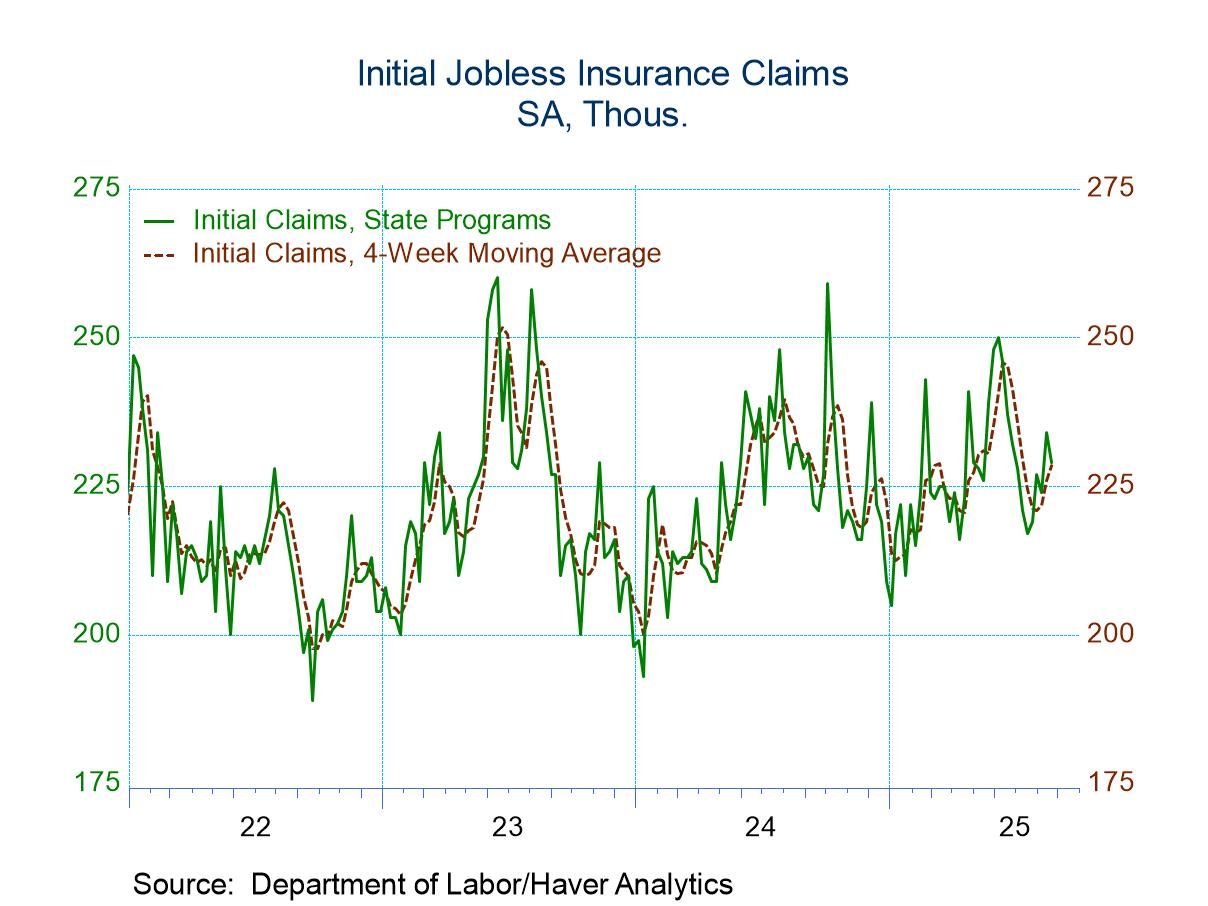 Global| Nov 02 2010
Global| Nov 02 2010U.S. Construction Spending Shows Minimal Gain After Earlier Declines
by:Tom Moeller
|in:Economy in Brief
Summary
The value of construction put-in-place recovered 0.5% during September following a downwardly-revised 0.2% August down-tick. The figure was slightly better than Consensus expectations for a 0.5% decline for last month. These recent [...]
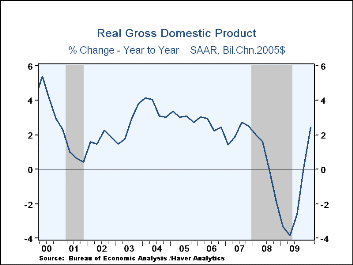 The value of construction put-in-place recovered 0.5% during September
following a downwardly-revised 0.2% August down-tick. The figure was slightly
better than Consensus expectations for a 0.5% decline for last month. These
recent small monthly changes stand in sharp contrast to larger movements earlier
in 2010. In fact, sharp declines during prior months have been revised down
further -- and the y/y
decline of 10.4% is not far from the 2009 contraction rate of 14.9%.
The value of construction put-in-place recovered 0.5% during September
following a downwardly-revised 0.2% August down-tick. The figure was slightly
better than Consensus expectations for a 0.5% decline for last month. These
recent small monthly changes stand in sharp contrast to larger movements earlier
in 2010. In fact, sharp declines during prior months have been revised down
further -- and the y/y
decline of 10.4% is not far from the 2009 contraction rate of 14.9%.
Residential building actually bucked that down-trend last month and rose 1.8%. But that's only after the August decline was revised substantially deeper to 4.2%. Generally, declines recently have started anew after gains from summer of '09 through this April. In the single-family area, September building activity fell 2.6% to leave the y/y change near zero; but spending was off three-quarters from the 2006 peak. Again earlier improvement from last year sputtered beginning this April. In the multi-family building area the story was more dire. September activity did rise 3.3% but that recovered only one-quarter of the August drop and versus last year building was down by 44.3%. Since the 2007 peak activity also fell by three-quarters. Finally, spending on home improvements has been strong as folks fix up homes rather than move away. Activity rose 6.2% in September. That left activity off just 4.6% y/y and by less than one-third from the peak.
In September, nonresidential building fell back by 1.6% after a 0.8% August gain. That left activity down by one-quarter y/y and 38.4% from the early-2008 peak Every sector has seen activity fall sharply during the last twelve months. Lodging fell the hardest, by one-half, with office building close behind with a one-third drop. Building in other areas also was off big with multi-retail down 18.4%, other commercial down 19.6%, and warehouse building off by half. Even education (-17.9% y/y), health care (-12.9%) and religious (-14.1%) felt the downdraft. Transportation building (-5.7%) as well as amusements & recreation (-1.0%) showed lesser declines.
Public construction activity rose 1.3% during September and by the same amount y/y. Power facilities (16.9%), sewerage & waste disposal (14.6%), water supply (5.5%), health care (4.6%) and highways & streets (0.4%) each have shown twelve-month growth, the latter area amounts to one-quarter of the dollars spent on public sector building. Working the other way were commercial (-31.9%), office (-6.9%), and educational building (-4.8%) where growth was negative.
The construction put-in-place figures are available in Haver's USECON database.
| Construction Put in Place (%) | September | August | July | Y/Y | 2009 | 2008 | 2007 |
|---|---|---|---|---|---|---|---|
| Total | 0.5 | -0.2 | -2.6 | -10.4 | -14.9 | -7.5 | -1.4 |
| Private | 0.0 | -1.6 | -4.1 | -16.8 | -21.9 | -12.2 | -5.5 |
| Residential | 1.8 | -4.2 | -4.1 | -6.3 | -29.9 | -29.0 | -19.7 |
| Nonresidential | -1.6 | 0.8 | -4.0 | -24.6 | -15.0 | 10.5 | 23.9 |
| Public | 1.3 | 2.2 | -0.2 | 1.3 | 2.2 | 6.6 | 13.1 |
Tom Moeller
AuthorMore in Author Profile »Prior to joining Haver Analytics in 2000, Mr. Moeller worked as the Economist at Chancellor Capital Management from 1985 to 1999. There, he developed comprehensive economic forecasts and interpreted economic data for equity and fixed income portfolio managers. Also at Chancellor, Mr. Moeller worked as an equity analyst and was responsible for researching and rating companies in the economically sensitive automobile and housing industries for investment in Chancellor’s equity portfolio. Prior to joining Chancellor, Mr. Moeller was an Economist at Citibank from 1979 to 1984. He also analyzed pricing behavior in the metals industry for the Council on Wage and Price Stability in Washington, D.C. In 1999, Mr. Moeller received the award for most accurate forecast from the Forecasters' Club of New York. From 1990 to 1992 he was President of the New York Association for Business Economists. Mr. Moeller earned an M.B.A. in Finance from Fordham University, where he graduated in 1987. He holds a Bachelor of Arts in Economics from George Washington University.


